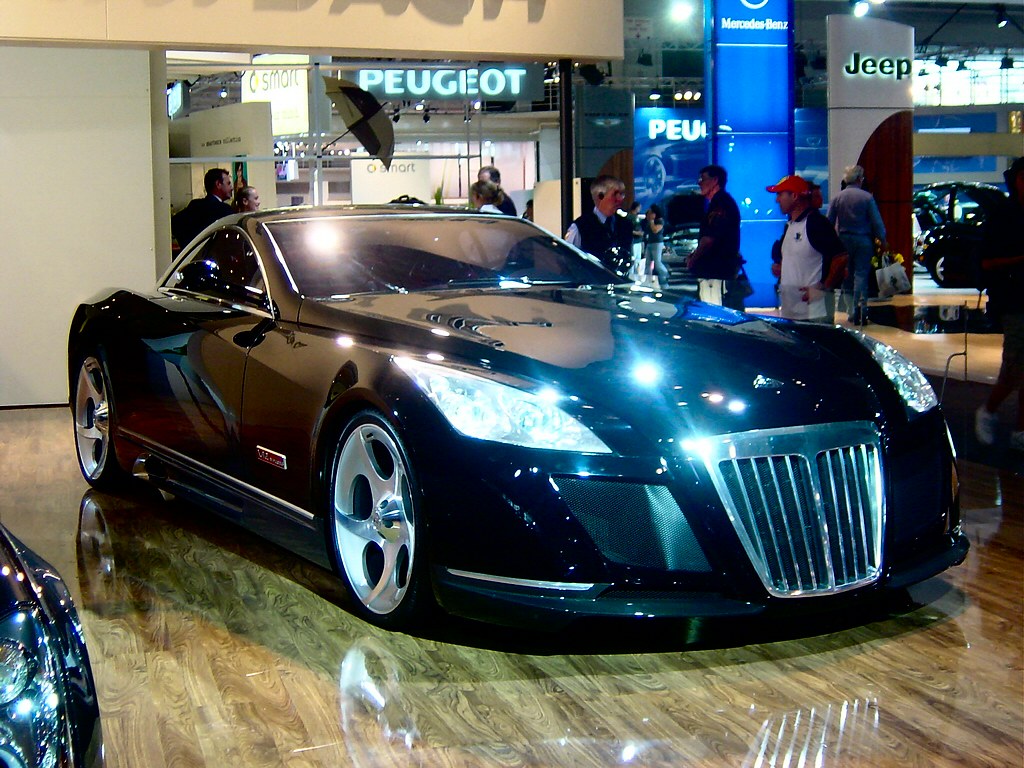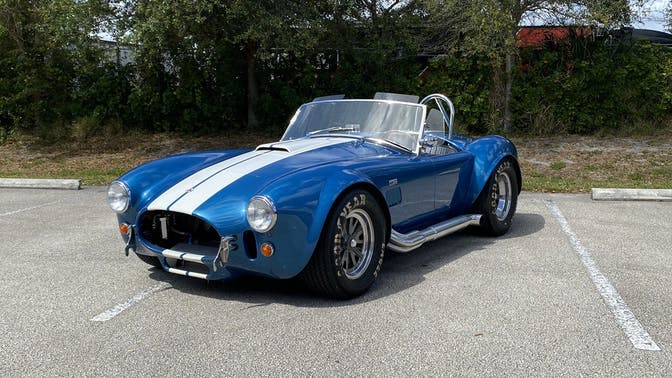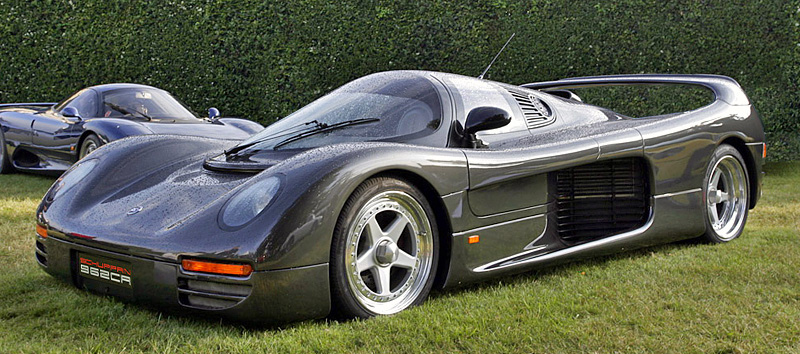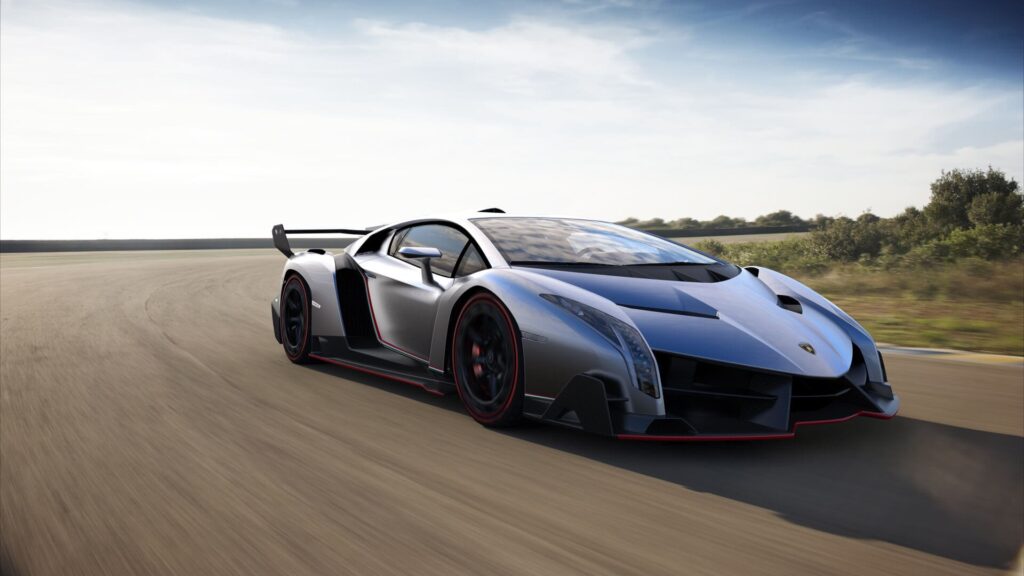E
xclusive vehicles manufactured in the low hundreds and thousands operate as halo cars, provide collectibility for a brand, and serve as a development stage for concepts and new technologies. Limited-run production-run cars are nothing new. However, every now and again, a carmaker will produce fewer than 100 units of a model or even single-digit numbers. This could be because the automobile is so expensive to manufacture that a larger production run is difficult to justify. It could be due to a single or two clients requesting a new body design based on an existing chassis. It’s the “ten or less” manufacturing run automobiles that we’re interested in.
Relationships, like cars, should undergo regular services to make sure they are still roadworthy.
-Zymunt Bauman –
1969 Chevrolet Corvette ZL1 (2 Or 3 Built)

Only two ZL1-equipped Corvettes were manufactured and sold in 1969, according to Chevrolet manufacturing data. It cost $10,048.15 to buy the ZL1 Corvette with its 427-cubic-inch aluminum engine in the late 1960s. Updated front and rear suspension, brakes, and a transistorized ignition system had to be included as options in addition to the ZL1 box and Positraction rear axle. Back in the day, Road & Track magazine obtained one of the testbed vehicles and timed it to 60 ‘mph in 4.0 seconds and the quarter-mile in 11 seconds. These are exciting times now, but they were astoundingly rapid in the late 1960s for a car that could be ordered and picked up at a dealership. The two autos are now valued in the millions.
W Motors Lykan HyperSport (Seven Built)

Between 2013 & 2017, the Lykan HyperSport was the third most costly vehicle ever built in terms of production cost. It cost $3.4 million for the seven persons who could afford one and get their names on the list. The hypercar was conceived and manufactured in the Middle East by a partnership of Lebanese and Italian experts. The seven cars are driven by a 780 horsepower twin-turbocharged flat-six engine, with a 6-speed sequential manual or a 7-speed dual-clutch transmission controlling the power. The Lykan HyerSport, according to W Motors, will reach 60 mph in 2.8 seconds and top out at 245 mph.
Maybach Exelero (One Built)
Only one Maybach Exelero was produced. Fulda ordered it, a German division of the Goodyear Tire & Rubber Company. It was created in conjunction with DaimlerChrysler, which owned Maybach at the time, to test and show off the Carat Exelero tire line. The Maybach Exelero is driven by a twin-turbo V12 engine that produces 690 horsepower and 752 pound-feet of torque at just 2,500 rpm. Since it was created and utilized by the tire industry, the Exelero has had a fascinating history. Birdman bought it when it was initially used in the German police program Cobra 11. Mechatronik, a German restomodder, bought it later. Along the way, it’s appeared in a Jay-Z music video and an anime series called Nisekoi.

Icona Vulcano Titanium (One Built)
Icona is a design firm and coachbuilder located in Shanghai that was started in Turin. The business only constructed one Vulcano Titanium since the automobile body is made entirely of titanium and is extremely expensive and time-consuming to build. The automobile is difficult to replicate, according to Icona, because it required over 10,000 hours of hand-crafted labor to construct. The automobile was first shown as a showcase before being sold for $2.78 million. In comparison, the remainder of the automobile is relatively standard. The mid-rear-mounted 6.2-liter V8 from a C6 Corvette ZR-1 drives the car from 0 to 60 mph in 2.8 seconds & has a top speed of 220 miles per hour.
![]()
2011 Hennessey Venom GT Spyder (6 Built)
Hennessey – Performance marked its 25th anniversary by unveiling the Venom GT Spyder, the world’s fastest convertible. Ford Performance Racing School director Brian Smith was at the wheel of the Venom GT Spyder, which reached a top speed of 265.6 mph. It has a 7.0-liter V8 engine with 1,451 horsepower and 1,287 pounds-feet of torque, and it’s called the Spyder because Aerosmith’s vocalist Steven Tyler wanted a convertible model. Hennessey produced only five of the vehicles, one of which was designated as a “Final Edition.”

1991 – Shelby Cobra 427 Continuation – (9 Built)

On paper, putting a powerful American V8 in a recently discontinued British roadster from the 1950s sounds like a prescription for catastrophe. On the other hand, Carroll Shelby was not just a terrific driver; he was also a top-notch Texan hustler. Only 998 Cobras were manufactured throughout the Cobra’s manufacturing period, which spanned 1961 to 1968 and included streetcars and competition cars. Shelby decided to use some leftover chassis in 1991 and create ‘complete’ Cobras to sell. He planned to sell them as new in 1991 but as 1965 models. If you wanted a title that could be used off-road, you had to go via the Department of Motor Vehicles. As a result, Shelby built just nine Completion Cobras.
Pagani Zonda Revolucion (Five Built)
The Pagani Zonda R’s ultimate incarnation was the Zonda Revolucion, which was a massive vehicle. Pagani modified the Zonda R’s bodywork by adding a Drag Reduction System to the rear wing and making several other aerodynamic changes. With 789 horsepower and 538 pound-feet of torque, Mercedes-AMG GT 112’s engine now requires updated aerodynamics. In less than 20 milliseconds, an Xtrac 672 6-speed sequential transmission sends power to the wheels. The price tag for the five persons who were fortunate enough to afford one and place an order was an eye-watering $2.8 million.

Shelby Cobra 427 Super Snake (2 Built)

This isn’t the first time Shelby has been on this list, but it’s a worthy inclusion. Carroll Shelby went even further with the 427 Super Snake in 1966, adding two Paxton superchargers and virtually tripling the Ford V8’s power. Shelby states of the 800-hp car, “It’s the quickest street-legal Cobra I’ve ever had.” The other automobile was sold to Bill Cosby, the now-infamous comedian, who returned it after only driving the Super Snake once. The automobile was later sold to someone else, and the driver was killed in an accident. The surviving model weighs just 2,500 pounds and is capable of reaching 60 mph in less than three seconds, according to Shelby.
Schuppan 962CR (Six Built)

Vern Schuppan, a racing driver, produced his own homage to his victories in the 1983 24 Hours of Le Mans and the All Japan Sports Prototype Championship. The Japanese businessmen who also sponsored Schuppan’s race squad funded the road-legal version of the Porsche 962. The chassis was manufactured by Reynard Motorsport, while the final assembly took place in the United Kingdom. It was built and sold between 1992 and 1994, which turned out to be an inopportune moment to construct and sell a $1.5 million automobile. With just six of the 600 horsepower road-legal race vehicles constructed due to expense and the global crisis, Schuppan went bankrupt. Two of them have subsequently crashed, leaving only four.
Lamborghini Veneno Coupe (Five Built)
With one of the most costly production vehicles ever constructed, Lamborghini celebrated its 50th anniversary. Each of the three coupes cost $4 million, with a research mule and a final production model produced as well, both of which were kept by Lamborghini. The Italian company then released a limited edition of nine Roadsters. The Veneno was based on the Lamborghini Aventador, although it was more powerful, with a 6.5-liter V12 engine producing 740 horsepower. It also has a redesigned body that improves airflow and downforce, as well as center-lock wheels that are meant to guide air into the carbon-ceramic braking system.

You do not mess with a farmer
– Ferruccio Lamborghini
Laraki Epitome (Nine Planned)
Abdesslam Laraki, a Moroccan designer and entrepreneur, displayed the $2 million Laraki Epitome at Pebble Beach in 2013. It has a carbon-fiber body and weighs just 2,800 pounds, and it’s driven by the same V8 engine found in the C6 Corvette, but modified to produce 1,200 horsepower on 91-octane fuel. The Epitome will produce 1,750 horsepower on 110-octane gasoline, according to Laraki. Only nine were planned, with one being ordered by French Montana, a hip-hop musician.

Koenigsegg CC8S (Six Built)

The CC8S was Koenigsegg’s first production vehicle, arriving after eight years of development and testing. The CC8S was powered by a supercharged 4.7-liter Ford V8 engine that produced 655 horsepower and 553 pound-feet of torque, allowing it to reach 62 mph in under 3.5 seconds. Because the engine was positioned in the middle, it was a two-seater with a targa top that could be put in the trunk. A Kevlar-reinforced carbon fiber chassis, carbon fiber body panels, and the first application of Koenigsegg’s dihedral-synchro helix actuation doors are among the highlights of the car’s impressive engineering. Despite just six being manufactured, it received numerous design prizes and placed Koenigsegg on the map.
















